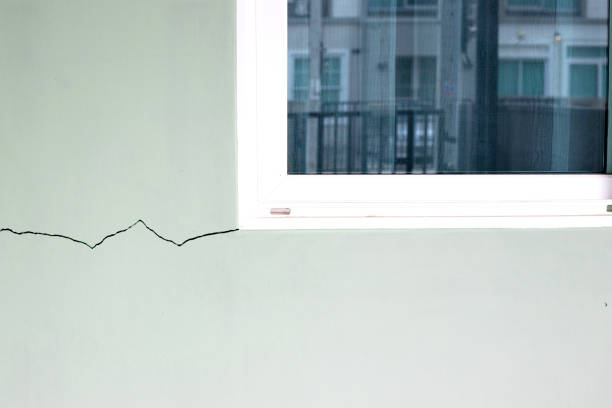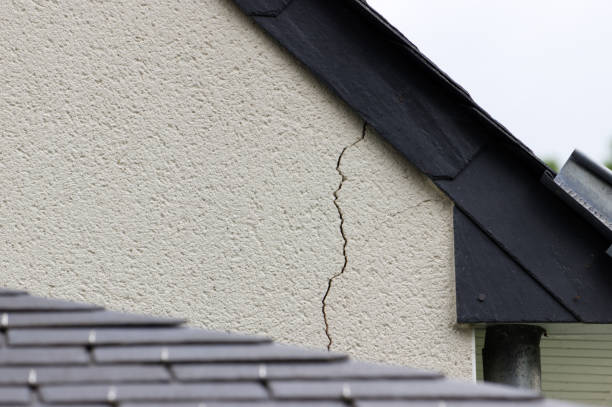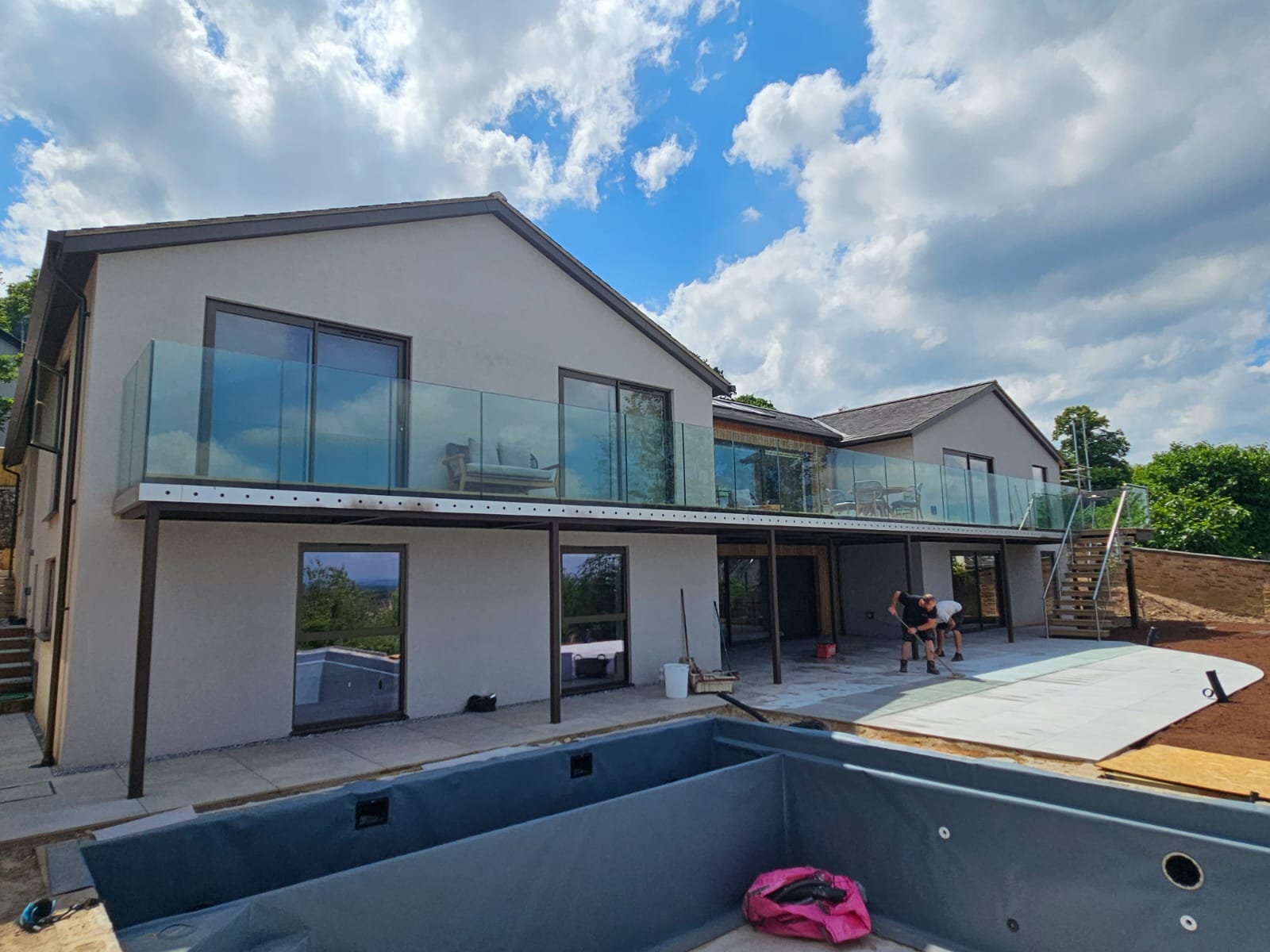External Wall Insulation (EWI) systems are designed to provide a long-lasting, insulated, and protective finish to your home. However, one of the most common issues seen in poorly installed or aging EWI systems is cracking—particularly around windows, doors, and corners.
These are high-stress areas in any building envelope, so extra care is needed during both installation and maintenance. In this post, we’ll cover why cracks appear, how to prevent them, and what to do if they show up.
Why Do Cracks Appear Around Openings?
Cracks around windows and corners in EWI systems typically result from:
- Thermal expansion and contraction
- Building movement or settlement
- Improper installation or detailing
- Insufficient reinforcement mesh
- Water ingress or moisture trapped behind the system
Unlike flat wall areas, window and door reveals are structural weak points, making them especially vulnerable.
Preventing Cracks at Windows & Corners (During Installation)
Quality installation is the first defence against future cracks. Here’s what good practice looks like:
- Mesh Reinforcement Wrapping
- Reinforcement mesh should be embedded diagonally (45°) across all window and door corners. This is called stress patching.
- Additional mesh must be applied continuously across the wall plane.
- Movement Joints
- In large wall areas or high-movement zones, movement joints help absorb expansion and prevent cracking.
- These should be pre-planned and placed in line with structural joints.
- Window Trims and Beads
- Use high-quality corner beads, drip beads, and window profiles that allow for controlled movement.
- These not only enhance aesthetics but improve structural resilience.
- Proper Substrate Preparation
- EWI systems should only be applied to sound, stable substrates.
- Cracks or instability in the base wall must be repaired before insulation boards are fixed.

Identifying and Assessing Existing Cracks
If you’ve spotted a crack around a window or corner, assess the following:
- Length & width: Hairline cracks (<1mm) are usually cosmetic. Larger cracks may indicate structural issues.
- Location: Is it at the reveal, corner, or sill? These areas carry different stress loads.
- Pattern: Straight-line cracks often indicate expansion issues; stair-step cracks may relate to structural movement.
How to Repair Cracks in EWI Systems
1. Hairline Surface Cracks (Cosmetic)
- Clean the area thoroughly.
- Apply a flexible, paintable filler or render patch product.
- Finish with a matching touch-up coat or silicone paint.
2. Deeper Cracks or Movement Joints Failing
- Cut back render to assess insulation board and fixings.
- If insulation is secure, apply mesh-reinforced basecoat over affected area.
- Refinish with matching render.
- If insulation is loose, refix board with appropriate anchors before re-rendering.
- For deeper cracks where structural issues could be present, a structural engineer and competent EWI installer company should always be consulted!
3. Cracks Around Window Frames
- Remove damaged bead or sealant if degraded.
- Install new render stop bead or silicone trim.
- Apply fresh silicone sealant between render and frame.
Preventing Future Issues
- Annual inspections: Check reveals and corners for early signs of wear or movement.
- Keep windows sealed: Damaged frame sealant can let water in behind the EWI.
- Control moisture: Ensure gutters, downpipes, and sills are directing water away from the façade.
Final Thoughts
Cracks around windows and corners in EWI systems are preventable with the right installation and repairable if addressed early. High-stress areas need extra reinforcement and careful detailing to ensure the long-term performance of your insulation and render.
At Complete Render South West Ltd, we specialise in both new installations and repairs of EWI systems, with attention to detail around high-risk areas like reveals, edges, and corners.
Concerned about cracks in your render? Contact our team for a free site inspection and expert advice on repair options.




